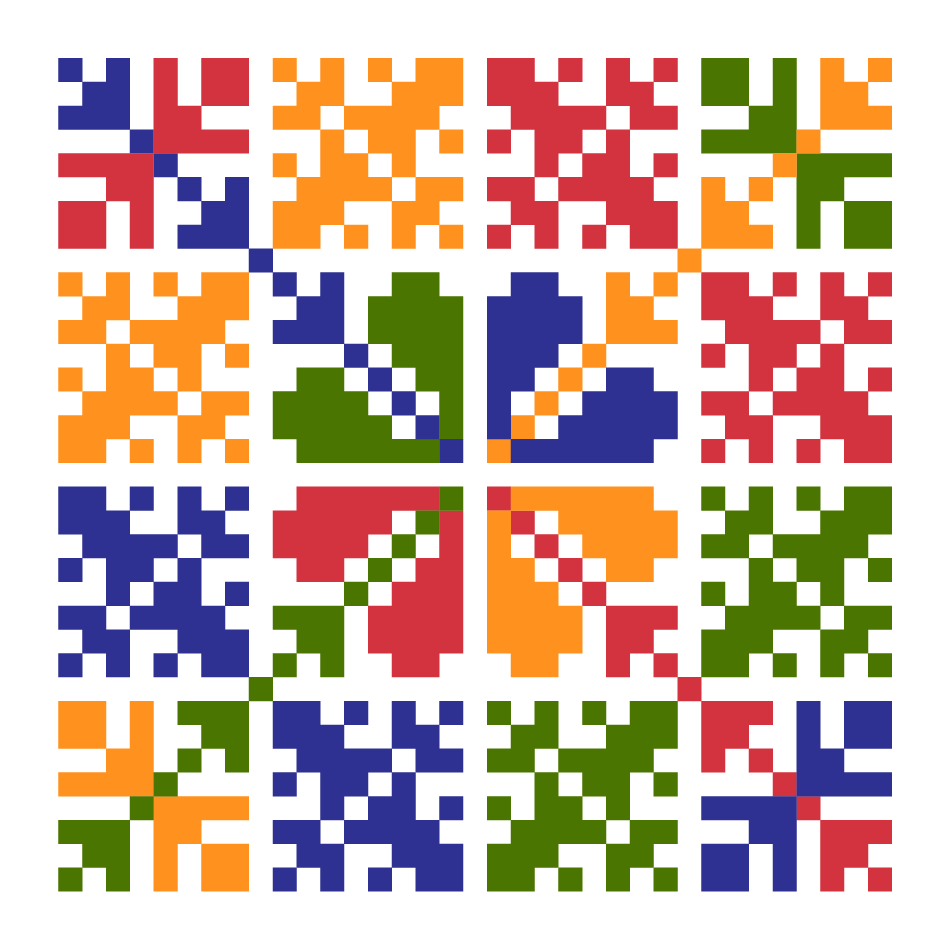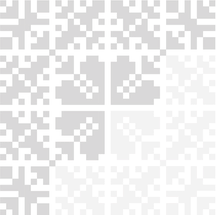C4 M1 L1 Homework
4 | Modul 1: Domaća zadaća
Dome, slatki dome
4 | 1 | Lekcija 1: Moj stan
DZ | 4.1 Zadatak 1. Stan |
This assignment will reflect your understanding of when to use the Accusative case and when to use the Locative case. Read the questions carefully. They will give you information as to what case you need to use.
Look at the following pictures and answer the questions. Try to label as many furniture/decorative items as possible.
Slika 1: Što ima kupaonica?
Use adjectives (or colors) when describing things in the room. Be sure to write full sentences. You’ll also need the vocabulary that you practiced on your own in the vocabulary section of today’s lesson.
1 | Što ima kupaonica? |
- |
Slika 2: Gdje su stvari?
Try to cover as many items as you can. Use the vocabulary that we covered in class and in the Vocabulary section.
1 | Gdje su stvari u dnevnoj sobi? |
- |
DZ | 4.1 Zadatak 2. Namještaj |
Each of you should choose one picture of a living room: slika (1) or slika (2). Don’t look at the picture you didn’t choose. Present your picture (without showing it) to your classmate. Say where things are in the living room. While your classmate presents his/her picture. Mark only the furniture items that also appear in your picture.
When you are both done presenting, make a list of all the things you have in common. You should also write where those things are placed in the room.
1 | Što imaju vaše dnevne sobe? Je li soba uredna ili neuredna? |
- Naše dnevne sobe imaju: |
Submit your video recording online.
DZ | 4.1 Zadatak 3. Kao da je bomba pala |
Look at the picture and answer the following questions.
1 | Gdje su stvari u spavaćoj sobi? Kakva je spavaća soba? |
- |
Na primjer: Televizor je na stolu.
DZ | 4.1 Zadatak 4. Moja spavaća soba |
Make a video recording in which you show and talk about your bedroom. If you do not want to share a video of your actual room, find a picture online of a room that is similar to yours and use it in your presentation. Show us where your things are and what furniture items you have in your bedroom.
You will need to watch other videos and make comments about your classmates’ bedrooms. Are they tidy, or messy? Do you have anything in common?
Submit your video recording online.
DZ | 4.1 Zadatak 5. Gdje živite? |
🔊
Listen to the following questions and write a story about you and your family member(s).
- | |
- | |
- | |
- | |
- | |
- | |
- | |
- | |
- | |
- |
DZ | 4.1 Zadatak 6. Kako se kaže? |
Based on the dialogues from today’s lesson, answer the following questions.
1 | How would you welcome someone into your home? |
- | |
2 | How would you apologize for being late? |
- | |
3 | How would you say there is a lot of traffic? |
- | |
4 | How would you express that you like someone’s place? |
- | |
5 | How would you say that someone is messy? |
- | |
6 | How would you say that you are fortunate to have something? |
- |
DZ | 4.1 Zadatak 7. Moja omiljena prostorija |
Rad u paru. Meet with one of your classmates and show them around your apartment. Make a dialogue in which you invite your friend to your apartment and show them your living room.
Your dialogue should have a proper conversation structure. Topics/elements to include should be similar to the dialogues we covered in class.
Submit your recording online.
DZ | 4.1 Zadatak 8. Kako se kaže? |
Listen to dialogues from today again. Then, complete the task.
1 | How would you say that someone has a very organized/tidy room? |
- | |
2 | How would you say that someone has a very messy room? (phrase) |
- | |
3 | When Laura saw Mario’s bathroom, what comment did she make? What does it mean? |
- | |
4 | Do you think it is a positive or a negative comment? |
- |
DZ | 4.1 Zadatak 9. Kultura - razgovor |
Let’s talk about Croatian and US homes, and differences that you find between them.
Look at the images from today’s dialogues. What can you tell us? What do you see that might be different than what we find in the U.S.?
Which do you prefer (find to be more practical)? Explain your answers.
[odgovor] →
Images used in this document are from these sources.


